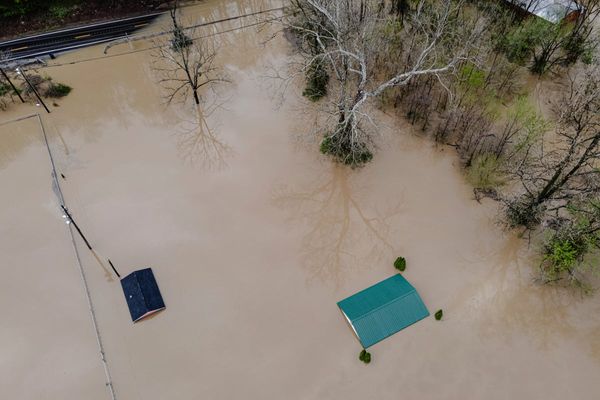
When, as a 20-year-old drama student, Kolbrún Halldórsdóttir joined Iceland’s 1975 women’s strike in Reykjavík – 48 years ago on Tuesday – she says she didn’t consider herself a feminist. But it proved to be a day that would change her life for ever.
It marked the moment that Kolbrún, who went on to become part of Iceland’s first gender-equal government as climate minister, became an activist.

“It really influences you when you experience the power of the masses,” she says. “You saw women that you hardly ever see. There were all kinds of women from all walks of life, they were dressed up, you can see in the pictures that it’s a colourful bunch of people even though most of the pictures were black and white.”
On Tuesday, nearly half a century on from that pivotal day when 90% of Iceland’s women stopped work in protest at gender inequality, Icelanders will once again take part in a full-day women’s strike. Tens of thousands of women and non-binary people are expected to drop work – paid and unpaid – to highlight the pay gap and rates of gender-based and sexual violence.
In 1975, because the streets were so packed with the 25,000 women who had descended on the city centre, Kolbrún could barely see or hear a thing. But she still remembers the songs, performed on the day by the Redstockings, a radical women’s movement.
Giving a rendition of Áfram stelpur (Onward Girls), a bouncy Nordic folk tune, Kolbrún said she and her friends all bought the vinyl afterwards and learned the songs by heart, which they would sing at parties together. “These were the songs of my youth,” she says. “These songs have been a uniting element. When we get together as feminists because of this struggle we sing these songs still today.”
Although a lot has changed in women’s rights since 1975 – particularly in Iceland, which is consistently viewed as a world leader in the fight for gender equality – Kolbrún says her feelings on the subject are in many ways much the same as they were then.

But, she adds, it was a day that changed history. “From that day onwards, Iceland has been a model in this field of equality between men and women. At that point in time we didn’t realise it was being noticed outside of Iceland, but quite soon we had reporters and people coming from different corners of the world to ask us about it.”
Icelanders have an obligation, she says, “to live up to this picture that we projected out into the world in 1975”. While they have never stopped campaigning, and have continued to make progress, she wishes more had been made.
“This has happened too slowly, too little, and maybe too late, I don’t know,” she says. “But being realistic and looking to other countries in the world, you have to be grateful for the progress and that society is aware of the inequality that still exists.”
The way in which Iceland’s feminist movement has embraced LGBTQ+ rights is vital to succeeding in reaching their goals, she says. “When it really comes to it, we have stood united.”

Despite huge legislative successes, men failing to take responsibility in the home continues to be a key problem, Kolbrún says, adding that what is needed is cultural change: “If you look at it economically women seem to be punished for taking these extra burdens, which is not righteous. It’s something that we need to look into and need to change.”
Kristín Ástgeirsdóttir went on to become a member of parliament for the Women’s Alliance party, created in Iceland after the 1975 strike, after taking part as a 24-year-old student. “I was so surprised how many women were there,” she says.
She was particularly influenced by a talk by a woman from one of the women’s labour unions, whom she remembers as saying: “We are here because of the wage gap and because how underestimated women’s work is.”
“And that is exactly what we are stressing tomorrow, almost 50 years later,” Kristín says. “The wage gap is still there and what is more important and what became so visible during the Covid years was the importance of the women in the healthcare system and in the schools.”







